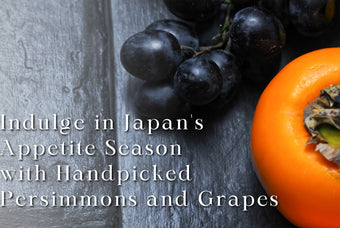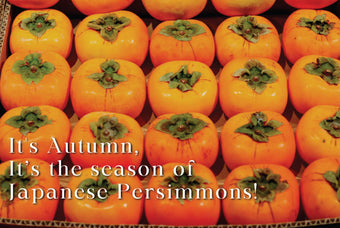Anago, Unrevealing Japan’s Hidden Gem

While many people may believe that Anago is similar to unagi, they are actually quite different.
Although their cooking methods share similarities, Anago possesses numerous unique and alluring qualities that might make it even more appealing to some!
Let's delve into the distinctions between Anago and unagi:
Anago, an Underappreciated Delicacy
A Worthy Substitute for Unagi

Often overshadowed by its admired counterpart unagi, Conger Eel; anago is a saltwater eel that can commonly be mistaken for the former.
While they can look quite similar there are in fact rather different with each having its own unique and likeable qualities.
With the vast popularity that unagi has had over the last few years, it has become quite rare and hard to find making it quite a lavish delicacy. Fortunately, anago is the perfect substitute for those who are yearning the delectable experience of unagi.
Actually, there might be many of those who prefer Anago due to its unique yet comfortable features!
Contrasting Flavors and Textures

The taste of anago is described to be lean, yet more complex and layered compared to unagi.
It is naturally sweet and has a soft, tender texture that melts in your mouth.
On the other hand, there is unagi that is known for its greasy fattiness and has a flavour that is hard to not love.
Those who are not good at the coziness of eel, you will like anago!
The Visual Differences of Two Eel Delicacies

The anago conger eel has a shade of light brown for the skin that is patterned with stripes of white dots along with a sharper tipped tail.
The skin for unagi is typically a lot simpler with it being a solid dark brown. Their tail is rounded and smooth at the end.
Habitat and Migration

Anago can be found across the Northwest Pacific and is birthed in saltwater where they live the rest of their lives in the sea.
They are usually lurking around the sandy shallow waters at the bottom of the sea.
Unagi is generally born in the saltwater as well, but after a short period of time once they have grown a bit, they migrate themselves to freshwater through a series of rivers.
Due to its decline in population, you can generally find them being nurtured in aquaculture ponds.
The Allure of Unagi and Anago in Japanese Gastronomy

Unagi and Anago have both been an integral part of Japanese culture and cuisine for thousands of years now.
They are traditionally eaten in the summer and are thought to increase stamina and strength to combat the scorching heat of Japanese summers.
Anago is most commonly seen in the form of Nianago which is simmered in a sweet and savory sauce, giving it a tender and succulent texture with a delightful sweet and savory flavor.
This is what is used for the popular dishes ‘unaju’ or ‘unadon’ which unagi is so famed for, but the same method is easily applied for anago as well. The pair are also available simmered as sushi that you will almost always see at any sushi restaurant.
Nianago, Simmered Conger Eel from Yamago

Their Anago is exceptional.
Its aroma, richness, and flesh's thickness are unmatched. Each bite leaves you craving for more.
The plump texture and harmonious flavors are unparalleled, and there's no hint of any muddy taste.
The secret recipe for the simmering sauce, passed down through generations, adds flavors trusted even by professionals.

Yamago, a long-established Anago specialist and buyer, serves Michelin-starred restaurants like "Ginza Onodera" and "Ginza Hirai."
Founded by Goro Yamazaki after the post-war period, the store's name "Yamago" comes from his surname and given name's first character.
Today, Yamago supplies renowned establishments in Ginza and prestigious hotels just by mentioning their names, anyone would recognize them due to their quality of Anago.


![[Restock] Negitoro and Award-winning Soy Sauce](http://jx.today/cdn/shop/articles/negitoro-mb_340x228_crop_center.jpg?v=1696387775)


![[New] Oyaki - Mountain Veggie Dough Delights from Nagano Prefecture](http://jx.today/cdn/shop/articles/oyaki-text_340x228_crop_center.jpg?v=1695757170)


![[New] Asari and Shijimi, Japanese representative clams](http://jx.today/cdn/shop/articles/clams-text_100x67_crop_center.jpg?v=1691375896)